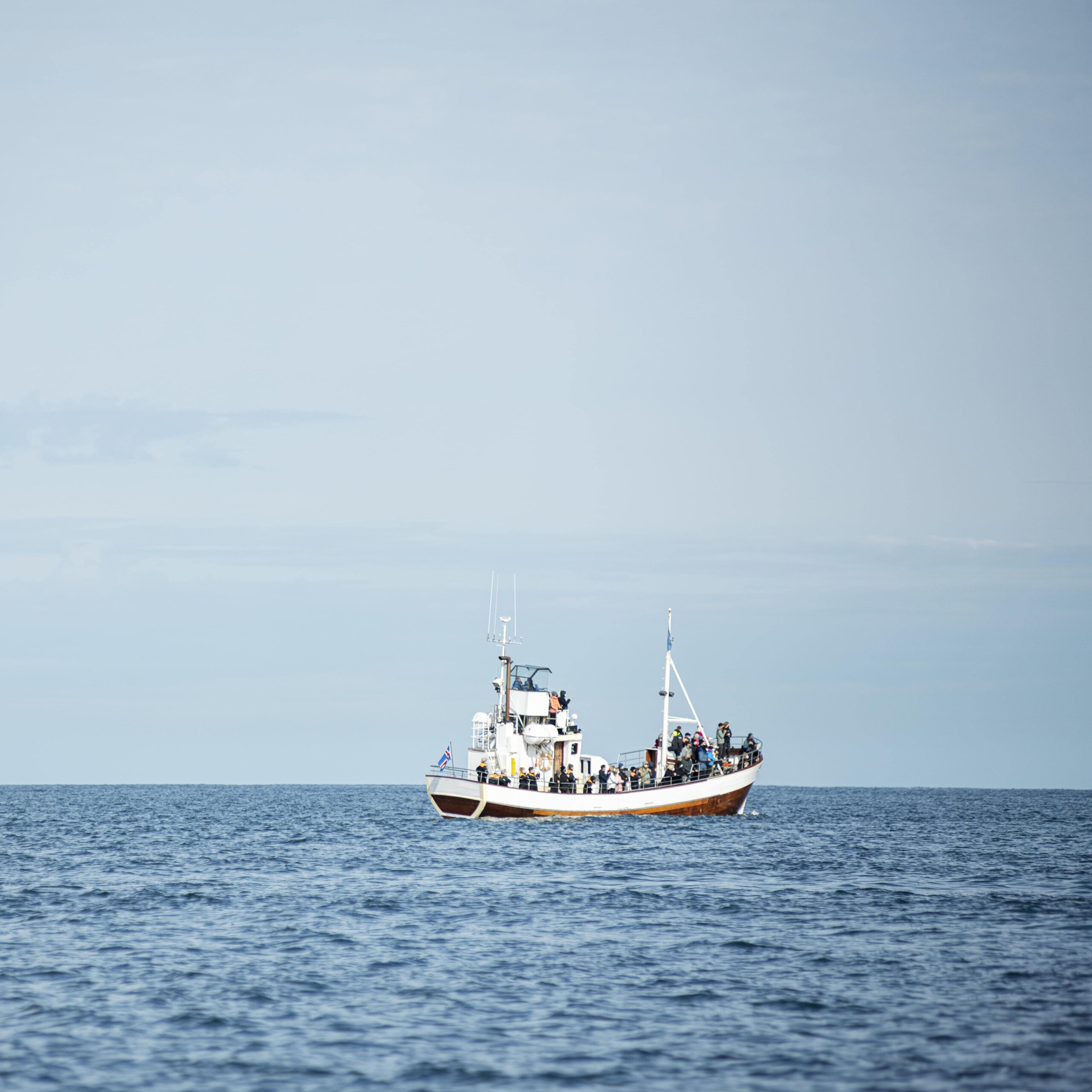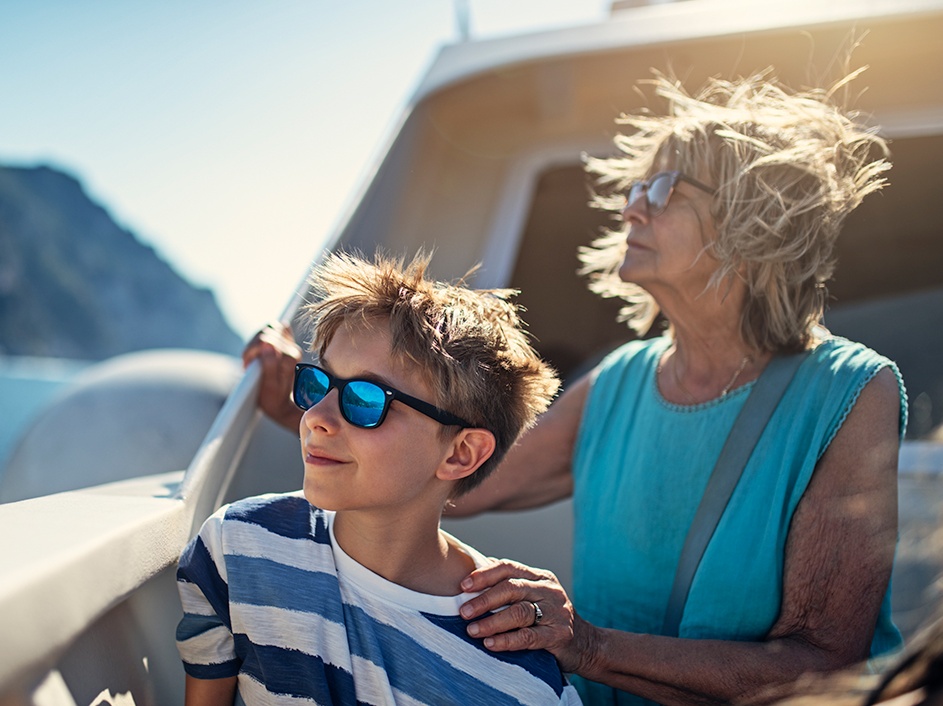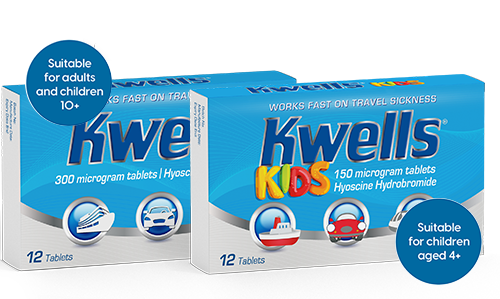Sea Sickness: The Ultimate Guide – Symptoms, Causes & Treatment
What is sea sickness?
Sea sickness is an unpleasant combination of symptoms such as nausea, dizziness and vomiting.
Sea sickness is said to be the most common form of motion sickness.
What causes sea sickness?
Sea sickness is caused by a boat or ship moving up and down over the water, sending mixed messages from our eyes and inner ear to the brain.
Our eyes tell our brains that we’re not moving, especially when we’re inside a boat, but our inner ears sense the motion of the boat and the mismatch of information in the brain causes the sick feeling.
This happens in a place in the body called the vestibular system which coordinates balance and passes signals from the inner ear to the brain.
So, when we are inside on a boat, our eyes think we’re stationary, but our inner ear senses the movement of the boat, and we start to feel sea sick.

Who can suffer from sea sickness?
Sea sickness can affect more people than others, and it is unclear why this is.
Like motion sickness, children under the age of age two are said to be almost immune to the feeling of sea sickness. Some children do become more susceptible as they get older.
Many are known to grow out of it altogether.
So, while your little ones may grow out of discomfort whilst on the high seas, there are still steps you can take to reduce the feeling of sea sickness.
What are the symptoms of sea sickness?
Sea sickness symptoms include dizziness, feeling cold, feeling weak, headaches, nausea, pale skin, sweating.

How to stop sea sickness
You can reduce the symptoms of sea sickness by taking preventative action.
If you reduce the impact of motion on your body by sitting in the middle of a boat, this may help to reduce any feelings of nausea. This will be helped by fixing your gaze on one spot, such as the horizon.
Fresh air also helps to reduce the symptoms of sea sickness.
You can also try:
- Breathing exercises
- Drink ginger-based drinks to settle your stomach
- Listening to music
- Sleeping
Which are the best sea sickness tablets?
There are lots of sea sickness tablets available in the UK, including our Kwells travel sickness tablets.
Our travel sickness tablets can help with symptoms of sea sickness as they contain Hyoscine Hydrobromide 300mcg which temporarily reduces the effect of movement on the balance organs of the inner ear and the nerves responsible for nausea.
If you have been prescribed sea sickness tablets by your doctor, always follow any instructions they may have given you.
Sea sickness tablets are available at your local pharmacy or online.
View our range of sea sickness tablets

Kwells 300 microgram tablets. For the prevention of travel sickness, suitable for adults and children aged 10+. Contains Hyoscine Hydrobromide 300 microgram. Kwells Kids 150 microgram tablets. For the prevention of travel sickness, suitable for children aged 4+. Contains Hyoscine Hydrobromide 150 microgram. Always read the label
